They are the ultimate in fixer-uppers. Some of the saddest buildings in Britain, including derelict former pubs, a military gatehouse which has lost its barracks, a swimming pool, a church gutted by fire, a coastguard’s watch tower, and a former dermatology hospital, are seeking sympathetic buyers who have the courage and resources to give the properties a new lease of life.
The Up My Street catalogue will be published later in June by the conservation charity Save and lists hundreds of such buildings, some of which have broken the spirit and the bank of previous would-be saviours.
Mike Fox, the charity’s deputy director, said its researchers were continually unearthing stunning if troubled buildings.
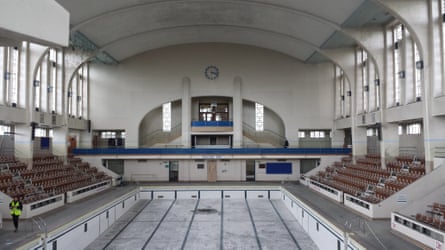
“We once again throw down the gauntlet to would-be restorers and purchasers who are seeking exciting projects,” he said.
The charity’s buildings-at-risk expert, Liz Fuller, said the vast Tonedale Mills in Wellington, Somerset, a cliff-face of broken windows and crumbling red bricks, was “the biggest and most challenging site of the 2017 entries”.
The original timber structure was built in 1754, and rebuilt in brick after a fire in 1821. At its peak, making wool serge, and later khaki dye for army uniforms, it was the largest mill in the south-west, employing more than 3,600 people. Plans for redevelopment were stymied when the housing market collapsed in the 2008 financial crash, which also hit restoration plans for several other the buildings on the list, and Tonedale has been looking for a new use ever since.
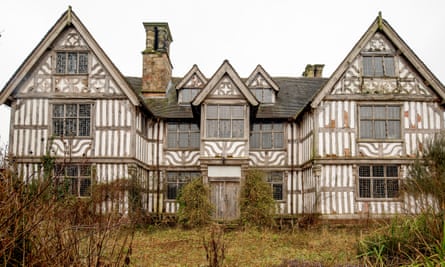
The prettiest building on the list is probably Old Colehurst Manor, near Market Drayton in Shropshire. The grade II* half-timbered building was bought for £20,000 by Bjorn Teksnes, a Norwegian professional golfer who restyled himself as Lord Teksnes after also buying the lordship of the manor. He spent a fortune restoring it as an events and wedding venue, but it is now in need of a new owner.
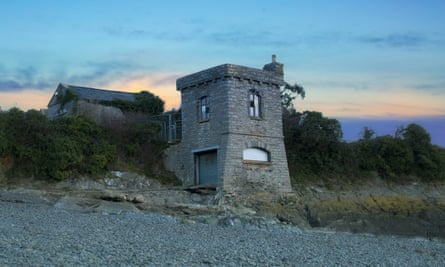
The Watch Tower has been keeping an eye on what was once a busy harbour in south Wales since 1860. Although the structure offers splendid views from the single rooms on each of its two floors, it has neither outside land nor modern services.
The Birmingham and Midland skin hospital survived as a medical facility from the late 19th century into the 1980s, and then briefly became a bar called the Hospital, but is now empty again.
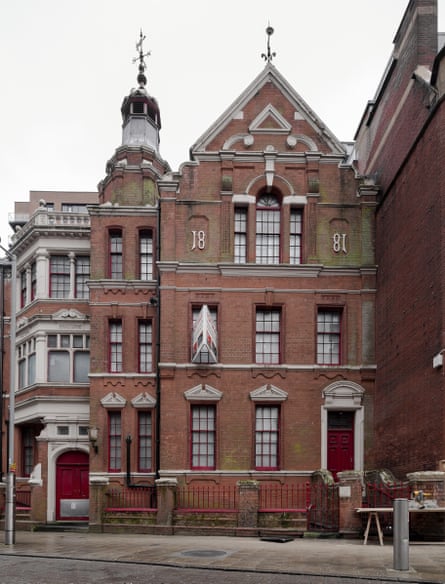
The most modest building on the Up My Street list is a cottage in Plasau, Shropshire. Originally built in a day in the late 18th century to give a squatter claim to the site, it was believed that the claim would hold if a fire was lit in the hearth and the chimney seen smoking on the same day that building began. It still stands by a track outside the hamlet, and although it is so humble it is a rare enough survivor to earn a grade-II listing.
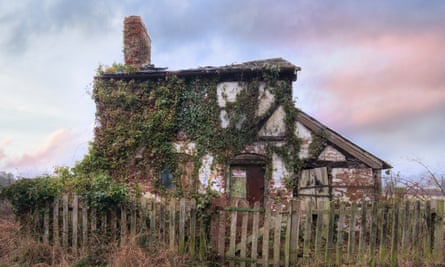
Although many of the buildings appear hopeless cases, hundreds have been successfully restored over the years of Save’s work: two-thirds of the endangered country houses in its first report in 1977 found new owners or uses within four years.
